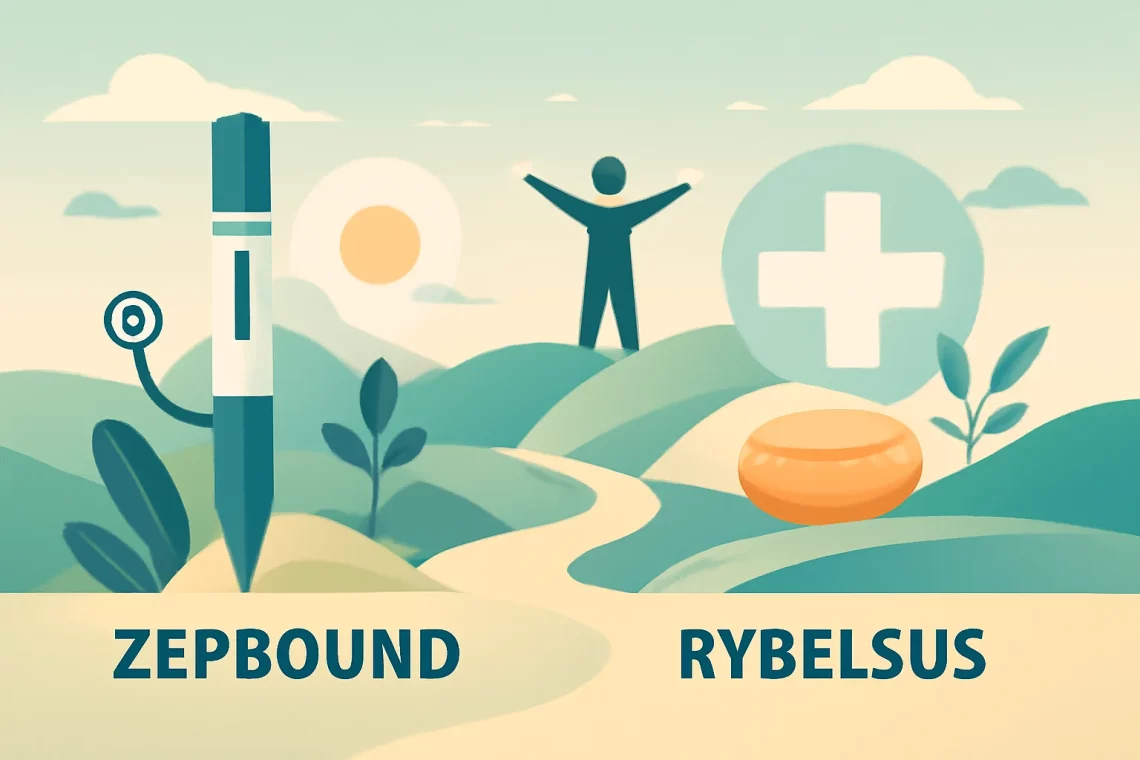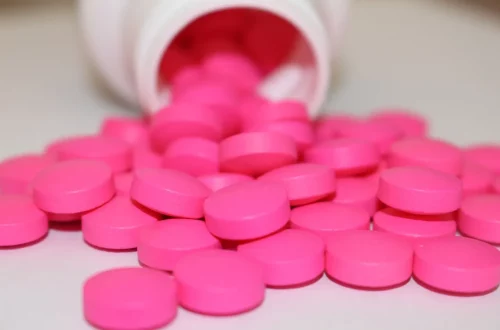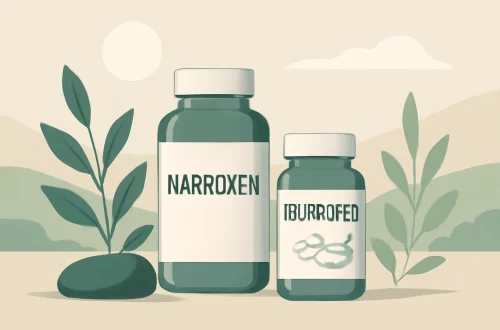
Zepbound vs Rybelsus: A Comprehensive Comparison of Diabetes Treatments
The rise of innovative medications has significantly transformed the landscape of chronic disease management, particularly in the realm of diabetes treatment. With the ongoing evolution of pharmacological options, patients and healthcare providers alike are faced with a plethora of choices, each promising unique benefits and mechanisms of action. Among these, Zepbound and Rybelsus have emerged as noteworthy contenders in the fight against type 2 diabetes. Both medications harness the power of GLP-1 receptor agonists, a class of drugs that mimics the activity of incretin hormones to promote insulin secretion and regulate blood sugar levels.
As diabetes continues to be a global health challenge, understanding the nuances of these medications can empower patients to make informed decisions alongside their healthcare teams. The decision to choose one medication over another can be influenced by various factors, including efficacy, side effects, dosing convenience, and cost considerations. With both Zepbound and Rybelsus vying for attention in the diabetes treatment landscape, a closer examination of their profiles can illuminate their respective advantages and limitations.
In this discussion, we will delve into the characteristics of Zepbound and Rybelsus, exploring their mechanisms of action, efficacy, and potential side effects, ultimately shedding light on how each may fit into a comprehensive diabetes management plan.
Understanding Zepbound: Mechanism of Action and Benefits
Zepbound is a GLP-1 receptor agonist designed to assist in managing blood glucose levels in individuals with type 2 diabetes. Its mechanism of action involves stimulating insulin secretion when glucose levels are elevated, while simultaneously inhibiting glucagon secretion, which helps to reduce hepatic glucose production. This dual action not only aids in lowering blood sugar levels but also contributes to weight loss, a significant benefit for many individuals with type 2 diabetes who struggle with obesity.
One of the standout features of Zepbound is its ability to promote satiety. By slowing gastric emptying, Zepbound helps individuals feel fuller for longer, which can lead to a reduction in overall caloric intake. This weight management aspect is crucial, as obesity is a major risk factor for the progression of diabetes and its related complications. Furthermore, Zepbound has been associated with improvements in cardiovascular health, making it a desirable option for patients with additional cardiovascular risk factors.
Zepbound is typically administered via subcutaneous injection, which can be a consideration for those who prefer not to take oral medications. The dosing schedule is generally more flexible compared to some other diabetes medications, allowing for less frequent administration. This convenience can enhance adherence to treatment, an important factor in successful diabetes management.
However, like any medication, Zepbound is not without potential side effects. Commonly reported adverse reactions include gastrointestinal symptoms such as nausea, vomiting, and diarrhea, particularly during the initial stages of treatment. Patients should be made aware of these potential side effects and encouraged to discuss any concerns with their healthcare providers.
In summary, Zepbound offers a multifaceted approach to managing type 2 diabetes, with benefits that extend beyond blood sugar control. Its ability to promote weight loss and improve cardiovascular health positions it as a valuable option for many patients. However, individual responses to the medication may vary, highlighting the importance of personalized treatment plans.
Exploring Rybelsus: Efficacy and Administration
Rybelsus is another prominent member of the GLP-1 receptor agonist family and has garnered attention for its unique oral formulation. Unlike many other medications in this class that require injection, Rybelsus is available in tablet form, providing a convenient alternative for individuals who may have needle aversion or prefer oral medications. This oral administration route can significantly enhance patient compliance, as it eliminates the need for injections.
The efficacy of Rybelsus in managing blood glucose levels is well-documented. Similar to Zepbound, Rybelsus enhances glucose-dependent insulin secretion while inhibiting glucagon release, thereby reducing blood sugar levels post-meal. Clinical studies have demonstrated that Rybelsus can lead to significant reductions in HbA1c, a critical marker of long-term blood sugar control, as well as notable weight loss, making it an appealing choice for many patients.
One of the key advantages of Rybelsus is its flexible dosing regimen. Patients typically start on a lower dose to minimize gastrointestinal side effects and can gradually increase to a higher dose for optimal blood sugar control. This titration process allows for a more tailored approach to treatment, accommodating individual tolerability and response.
Despite its benefits, Rybelsus does carry potential side effects, with gastrointestinal issues being the most commonly reported. Patients may experience nausea, vomiting, or diarrhea, especially during the initial phase of treatment. It is essential for healthcare providers to educate patients about these potential side effects, ensuring they feel supported throughout their treatment journey.
Another consideration with Rybelsus is its interaction with food. The medication should be taken on an empty stomach, followed by a waiting period before consuming food or beverages. This requirement can be an adjustment for some patients, and they should be guided on how to incorporate it into their daily routines effectively.
In conclusion, Rybelsus stands out as a groundbreaking oral option for managing type 2 diabetes, offering both efficacy and convenience. Its ability to deliver significant blood sugar control and weight loss makes it an attractive choice for many patients. However, as with any medication, ongoing monitoring and communication with healthcare providers are crucial for ensuring optimal outcomes.
Comparative Analysis: Zepbound vs Rybelsus
When comparing Zepbound and Rybelsus, it is essential to consider several factors, including administration methods, efficacy, side effects, and individual patient needs. Both medications are part of the GLP-1 receptor agonist class and share similar mechanisms of action, yet their delivery methods and patient experiences can differ significantly.
The most notable distinction between the two lies in their administration. Zepbound requires subcutaneous injections, which may deter some patients, particularly those with a fear of needles. In contrast, Rybelsus offers an oral alternative, making it a more appealing option for those who prefer to avoid injections. This difference can play a critical role in patient adherence to treatment and overall satisfaction with their diabetes management plan.
In terms of efficacy, both Zepbound and Rybelsus have shown to effectively lower HbA1c levels and promote weight loss. However, individual responses may vary, and some patients may find one medication more effective than the other based on their unique physiological profiles. The choice between the two may also be influenced by the presence of co-existing health conditions, such as cardiovascular disease or gastrointestinal issues, where one medication may offer additional benefits.
Side effects are another important consideration in the Zepbound versus Rybelsus debate. Both medications can lead to gastrointestinal discomfort, but the severity and frequency of these side effects can differ among individuals. Patients should be encouraged to communicate openly with their healthcare providers about their experiences to determine the most suitable option for their needs.
Ultimately, the decision to choose between Zepbound and Rybelsus should be made collaboratively between the patient and their healthcare provider, taking into account personal preferences, lifestyle, and specific health goals. Both medications have demonstrated their value in the management of type 2 diabetes, and understanding their similarities and differences can empower patients to make informed choices.
In the realm of diabetes management, Zepbound and Rybelsus represent significant advances in treatment options. Their unique characteristics and mechanisms of action provide patients with tailored avenues for achieving better blood sugar control and improved overall health.
**Disclaimer: This article is for informational purposes only and does not constitute medical advice. Always consult your healthcare provider for medical advice and treatment options.**




